Bringing a baby into the world brings immeasurable joy and excitement, along with great responsibility. One of these responsibilities is ensuring your home is a safe environment for your little one to grow and explore.
Baby-proofing your house safeguards your child and brings peace of mind, letting you relax and enjoy parenthood. According to the National Safety Council of India (NSCI), falls are the leading cause of unintentional injuries in children under 5 years old. Most of these accidents can be prevented with proper baby-proofing measures.
But how can you ensure your house is completely baby-proofed? To help you out, we have put together a comprehensive baby-proofing checklist that covers all areas of your house. Whether you are a first-time parent or have older children, this checklist will ensure your home is safe for your little one.
In This Article
Why is baby-proofing your house important?
As your baby grows, they will be exploring and learning about their surroundings. This means touching, grabbing, chewing, and pulling anything in sight. Here are many reasons why baby-proofing your house is crucial:
- Preventing Accidents: Baby-proofing your house is a crucial step towards preventing accidents. This involves securing furniture to prevent tipping, installing safety gates on stairs, and covering electrical outlets to prevent shocks.
- Reducing Choking Hazards: Babies and toddlers are naturally curious and tend to explore their surroundings by putting objects in their mouths. Baby-proofing keeps small items out of your child’s reach to prevent choking hazards.
- Avoiding Poisoning: Many household items, from cleaning products to medicines, can be poisonous if ingested. By baby-proofing your home, you ensure that these items are stored securely and out of your baby’s reach.
- Creating a Safe Exploration Space: By baby-proofing your house, you create a safe environment for your child to learn and grow. This lets them freely explore, fostering independence and learning.
- Peace of Mind: Knowing that your home is baby-proofed can provide peace of mind. It ensures that even if you turn your back for a moment, your child is in a safe environment.
- Preventing Burns and Scalds: Simple steps like adjusting your water heater to a lower temperature and using stove knob covers can prevent serious burns and scalds.
How to Baby Proof Your House?
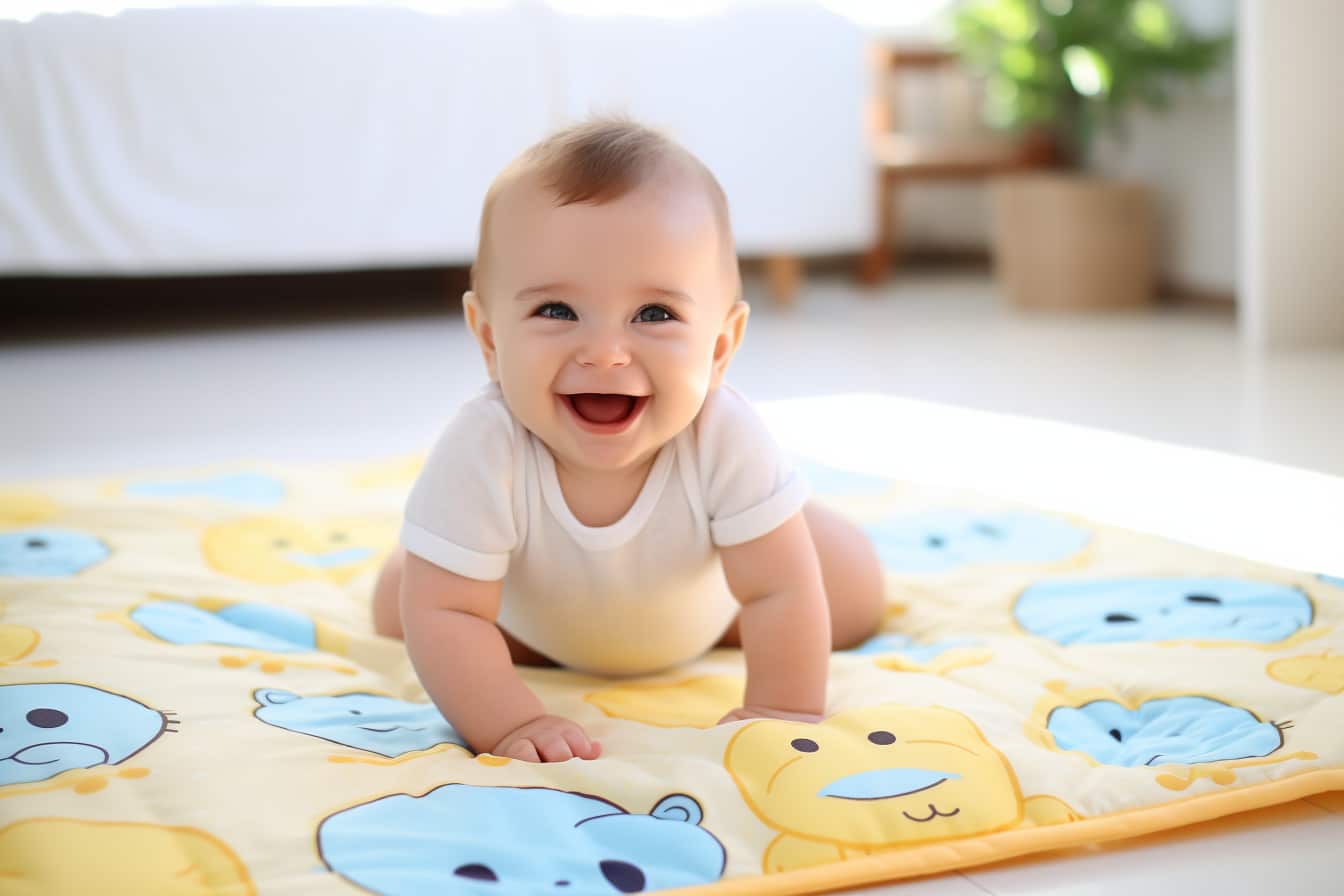
Baby-proofing house is one of the most essential activities for any new parent. When your little one starts crawling and exploring their surroundings, it’s crucial to make sure your home is a safe and secure environment for them. Here are some steps to follow when baby-proofing your home:
Step 1: Begin with the Basics
The first step to baby-proofing your house is to eliminate all hazards from your baby’s reach. This includes locking away cleaning supplies, medicines, sharp objects, and any other potential choking hazards. Keep small items such as coins, buttons, and beads out of reach as well.
Step 2: Secure Furniture and Appliances
Make sure all furniture and appliances are securely anchored to the wall, especially those that can easily tip over. Use furniture straps or brackets to secure heavy items like bookshelves, televisions, and dressers. You can follow Environmental Protection Agency guidelines to anchor large appliances such as refrigerators and washing machines.
Step 3: Install Safety Gates
Safe baby gates are essential to prevent your child from accessing dangerous areas of the house, like staircases or kitchens. Make sure to install safety gates at both the top and bottom of staircases and secure them with hardware-mounted brackets for added security.
Step 4: Protect Electrical Outlets
Cover all electrical outlets with safety caps or outlet covers to prevent your child from inserting fingers or objects into them. You can also use surge protectors with built-in safety covers for added protection. For your child safety, consider using outlet covers with sliding panels that close automatically once the plug is removed.
Step 5: Secure Doors and Windows
Install window guards and door latches to prevent your child from opening them and potentially falling out or accessing dangerous areas. You can also use door knob covers to make it difficult for children to open doors without adult assistance.
Step 6: Use Cordless Window Coverings
Cords from blinds and curtain rods pose a significant strangulation hazard for young children. Replace any window coverings with cordless options, or make sure all cords are out of reach by using cord cleats or tie-downs.
Step 7: Check for Carbon Monoxide and Smoke Detectors
To keep your baby safe from potential fire hazards, install smoke alarms in all bedrooms and common areas of the house. Test them regularly to ensure they are working correctly, and replace batteries as needed. You can also consider installing carbon monoxide detectors for added safety.
Step 8: Cover sharp corners and edges
Babies are prone to bumping into furniture and sharp edges, which can cause injury. Cover all sharp corners with corner guards or foam padding to prevent accidents. However, make sure these safety measures are secure and cannot be easily pulled off by your child.
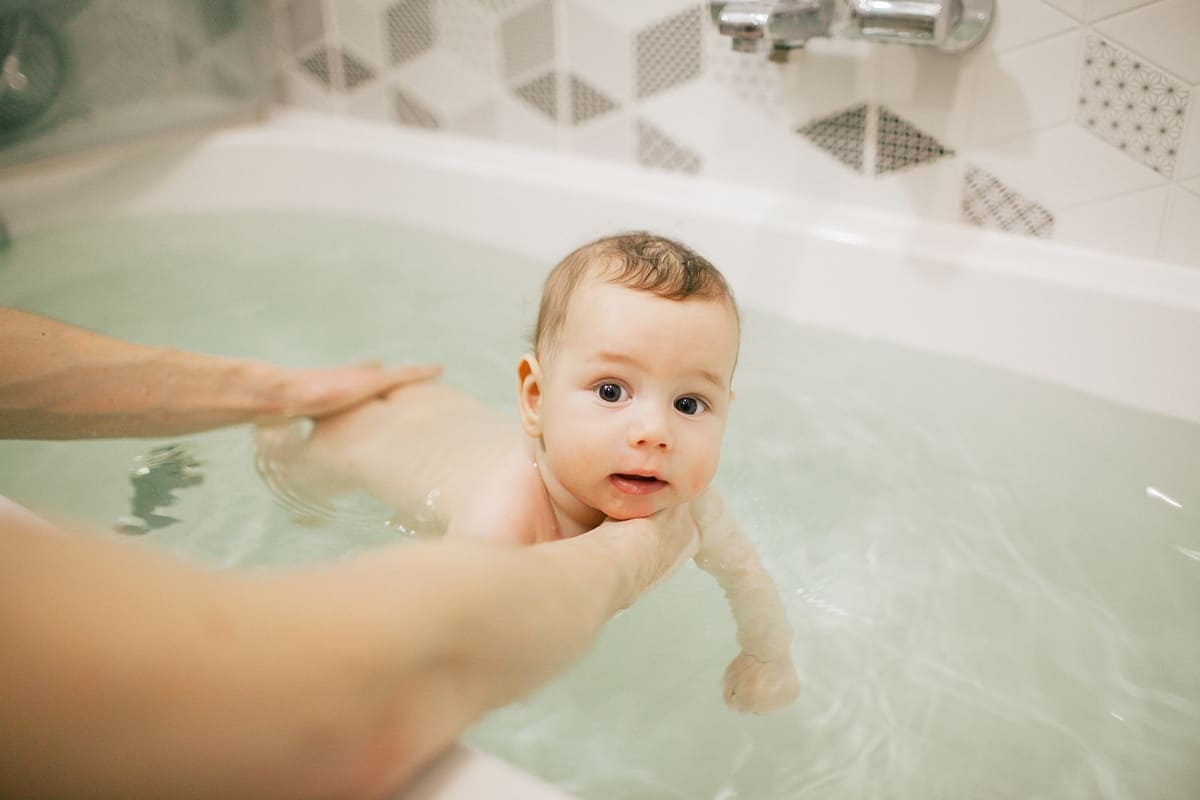
Baby Proofing bathroom
Bathroom safety is crucial, as it poses many potential hazards for young children. Here are some additional steps to baby-proof your bathroom:
- Locked cabinet: In children younger than four years old, cabinet locks should be used to store all cleaning supplies, medicines, and toiletries.
- Non-slip bath mats: Place non-slip bath mats in the bathtub and on the bathroom floor to reduce slips and falls.
- Soft cover for faucet: Cover sharp or hard edges on the bathtub faucet with a soft cover to prevent head injuries.
- Toilet lock: For your child safety, lock your toilet seat to prevent them from playing in the toilet or falling into it.
- Bathtub spout cover: Install a bathtub spout cover to prevent your child from bumping their head on the hard metal spout.
- Temperature control: Adjust your water heater to 120 degrees Fahrenheit (49 degrees Celsius) or lower, ensuring that the water temperature is safe for children’s sensitive skin.
- Child-resistant bathroom door knob: Install a child-resistant lock on your bathroom door to prevent children from entering the bathroom unsupervised.
How to Baby Proof Your Kitchen?
The kitchen can be one of the most hazardous areas of the house for a baby, with potential dangers such as hot stoves, sharp objects, and toxic cleaning supplies. As a parent, it is important to take the necessary steps to baby-proof your kitchen and create a safe environment for your little one.
- Install cabinet locks: Store all sharp objects, cleaning supplies, and potentially harmful items in locked cabinets or drawers.
- Use stove knob covers: These covers can prevent children from turning on the stove and causing burns or fires.
- Secure large appliances: Use appliance safety straps to secure heavy kitchen appliances such as refrigerators and dishwashers to the wall.
- Use corner and edge guards: These can soften any sharp corners or edges on countertops, tables, and other furniture in the kitchen.
- Keep pot handles turned away: When cooking on the stove, make sure to turn all pot handles inward so that a curious baby cannot reach up and pull them down.
- Utilize plug covers: Although Consumer Product Safety Commission guidelines no longer recommend them, plug covers can still be a useful safety measure for outlets near the floor.
- Keep matches out of sight: To prevent burns or fires, make sure to keep matches and lighters out of reach from your baby.
- Lock trash cans: Babies love to explore and are often drawn to trash cans. Make sure to use a locking lid or store the trash can in a locked cabinet to prevent your baby from accessing any dangerous items.
Baby Proofing Your Living Room
The living room is a common area where families spend time together, and it’s essential to make sure it’s safe for your child. Here are some baby-proofing tips specifically for the living room:
- Coffee tables: Consider replacing sharp-edged coffee tables with round or padded ones or covering the edges with edge guards. Also, make sure any decorative items on the coffee table are not easily breakable or harmful to your child.
- Electrical outlets: Use outlet covers to prevent your child from sticking little fingers or objects into them. Make sure all electrical cords are tucked away and out of reach.
- Fireplace: If you have a fireplace, install a safety gate around it to prevent your child from getting too close. Also, always keep the fireplace screen closed when in use.
- Cords and wires: Keep all cords and wires out of reach or secured with cord covers. This includes TV cords, lamp cords, and any other electrical cords within your child’s reach.
- Bookshelves: Secure bookshelves to the wall using furniture straps to prevent them from tipping over if your child tries to climb on them.
- Breakable items: Place any breakable items out of reach, or consider moving them to another room until your child is older.
- Baby-friendly play area: Designate a safe and baby-friendly play area in the living room where your child can play and explore without potential hazards.
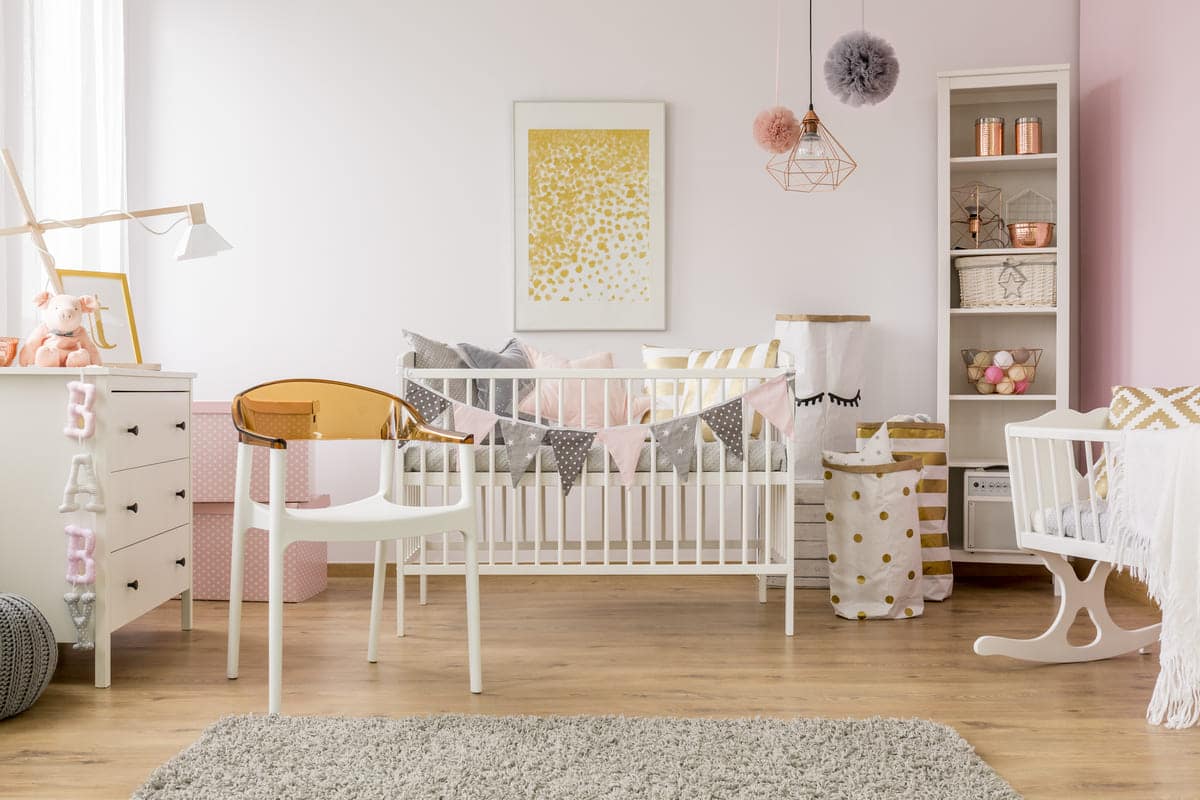
How to Baby Proof Nursery And Bedroom?
The nursery and bedroom are where your baby will spend most of their time, so it’s essential to ensure these rooms are fully baby-proofed. Here are some tips for baby-proofing your child’s sleeping space:
- Choose a safe crib: When purchasing a baby’s crib, make sure it meets current safety standards and has no loose parts or sharp edges that could harm your child.
- Secure furniture: Use furniture straps or brackets to secure heavy furniture, such as dressers and bookshelves, to the wall to prevent them from tipping over onto your child.
- Toy box: If you have a toy box in the nursery or bedroom, make sure it has a lid that closes slowly and is lightweight so your child cannot get trapped inside.
- Install baby monitor: A baby monitor can help you keep an eye on your child while they sleep and alert you if there are any issues.
- Changing tables: If you have a changing table in your baby room, make sure it is securely anchored to the wall and equipped with safety straps to prevent falls.
- Check for cords: In your baby’s room, make sure there are no cords or strings within reach, such as window blind cords and mobiles.
- New paints: Lead paint and VOCs (volatile organic compounds) can be harmful to your child’s health. Make sure any new paint used in the nursery or bedroom is safe for children.
Baby proofing The Laundry Room
Your house laundry room can be a hazardous place for young children. Here are some additional steps to baby-proof your laundry room:
- Keep detergents and chemicals out of reach: Store all cleaning products, including laundry detergent, fabric softener, and bleach, in locked cabinets or high shelves.
- Use child-resistant washer and dryer locks: Install child-resistant locks on your washing machine and dryer to prevent children from opening them and potentially injuring themselves.
- Store laundry baskets safely: Keep laundry baskets stored away when not in use to prevent children from climbing or playing with them.
- Avoid using flammable materials: Keep any flammable items, such as dryer sheets and fabric softener, away from heat sources to reduce the risk of fires.
- Keep the laundry room door closed: It’s best to keep the laundry room door closed at all times, especially when it’s in use. This will prevent children from entering and potentially getting injured.
Conclusion
To sum it up, baby-proofing your kitchen and house is essential to keep your little one safe. By following the tips mentioned above, you can create a safe environment for them to grow and explore without worrying about potential hazards. It is important to constantly reassess and update your baby-proofing measures as your child grows and becomes more mobile. Also, take safety precautions into consideration when visiting other homes or public places. We hope the above information has been helpful; if you think we’ve missed any important tips, please feel free to share them with us.

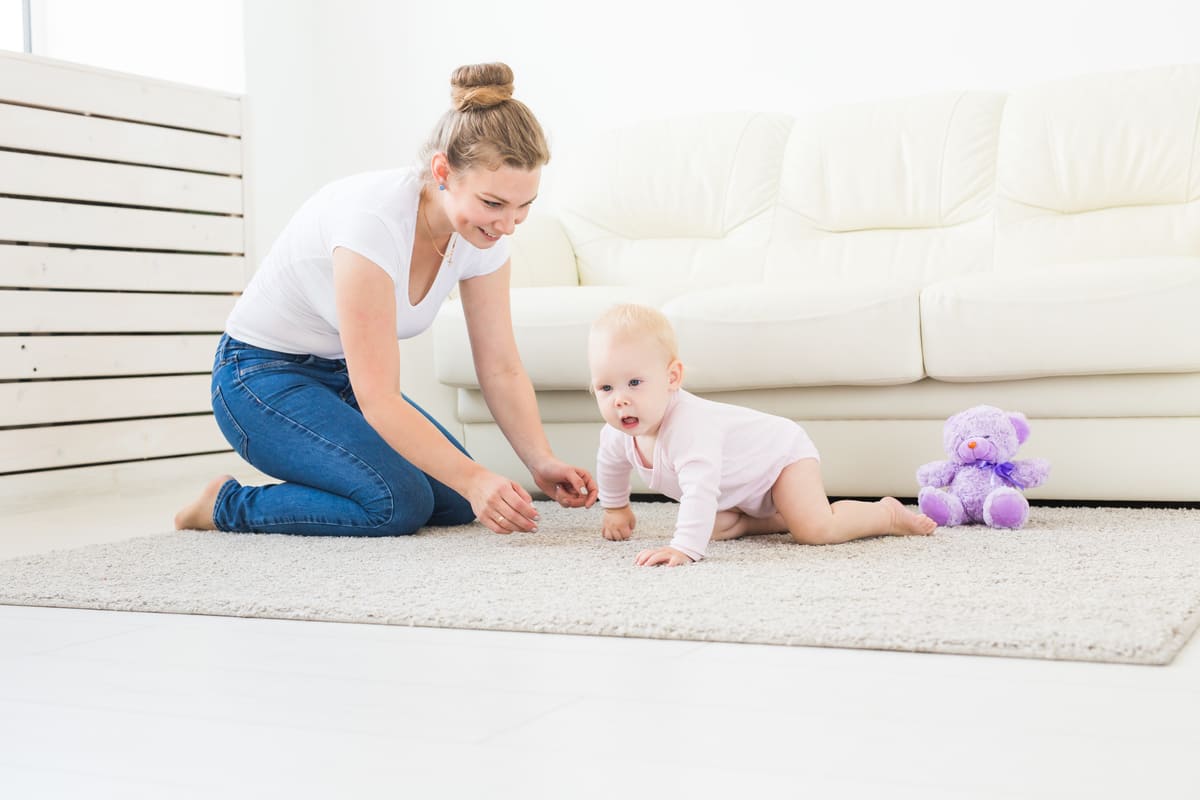
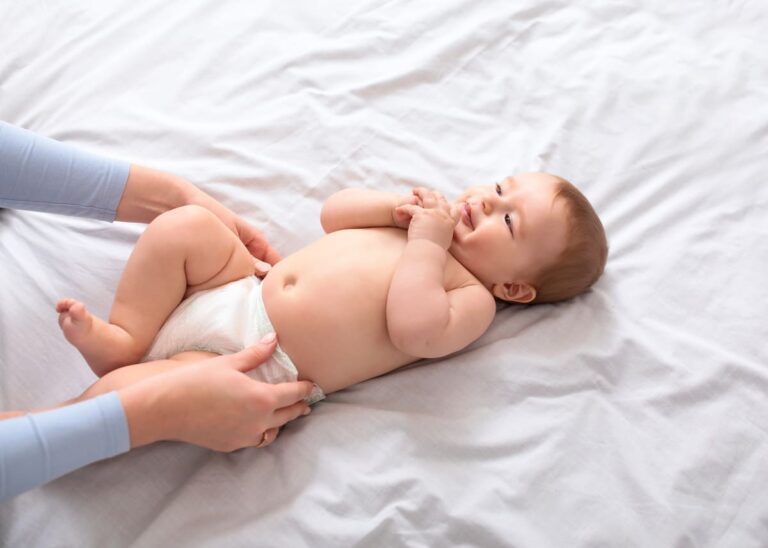
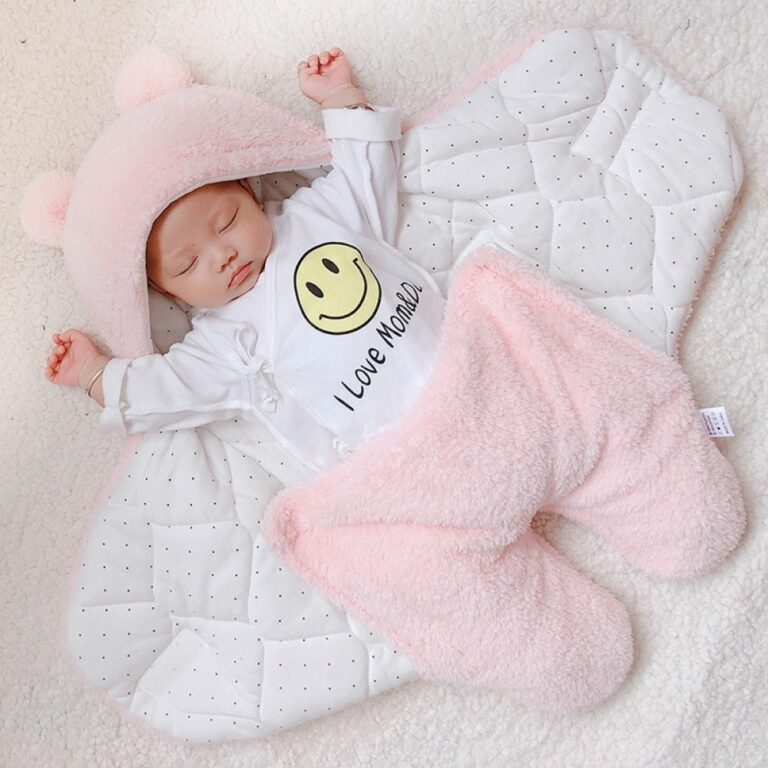
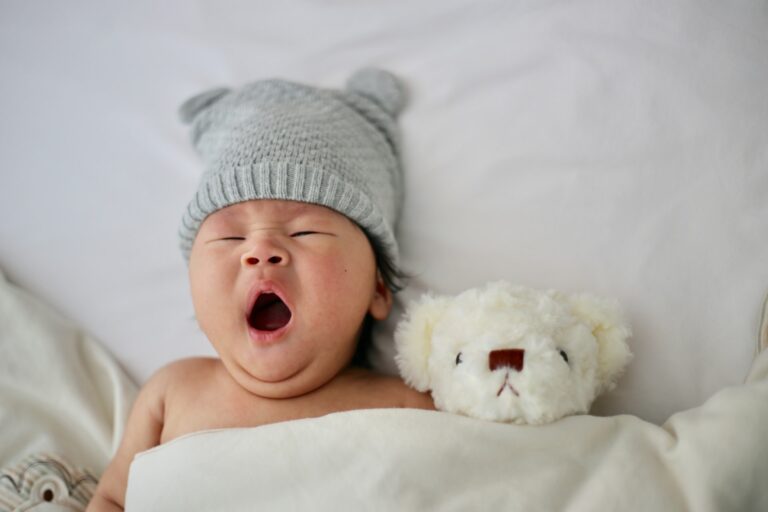
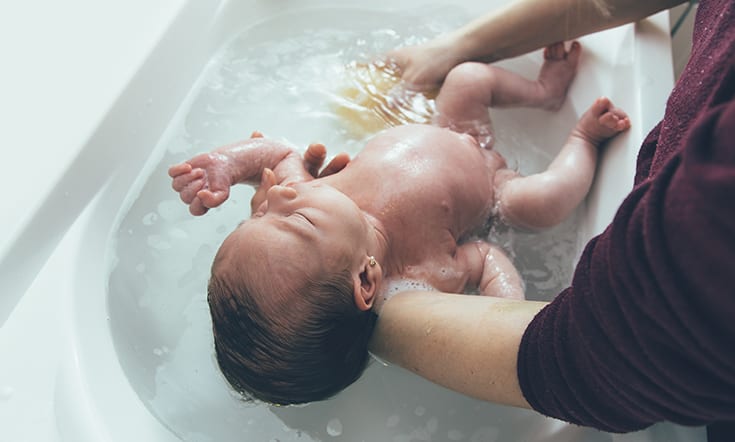




![Home Renovation Guide [2025]](/app/uploads/2021/04/design-hacks-1-378x300.jpg)
